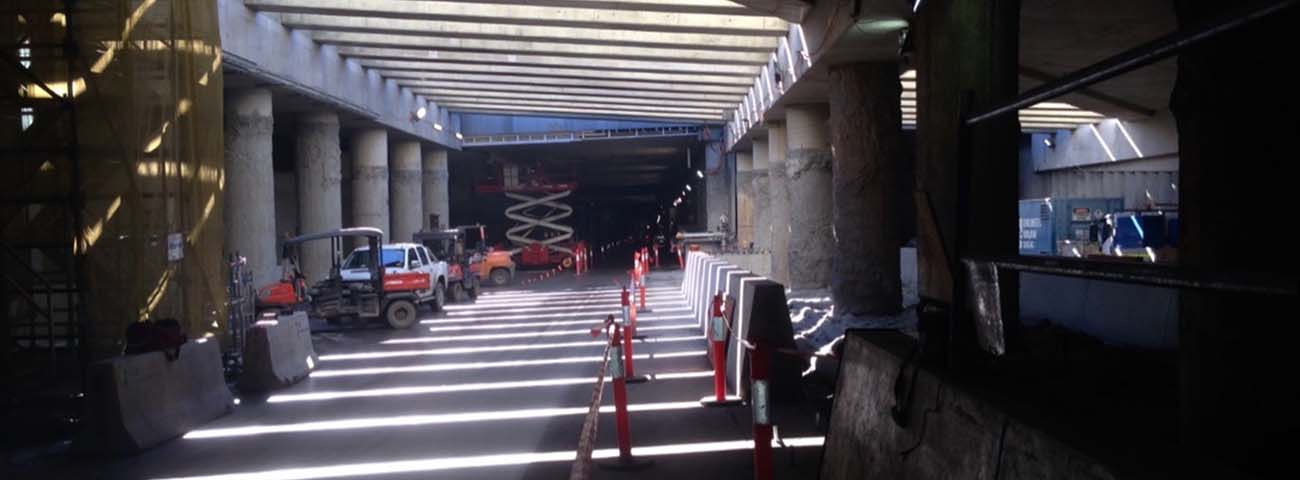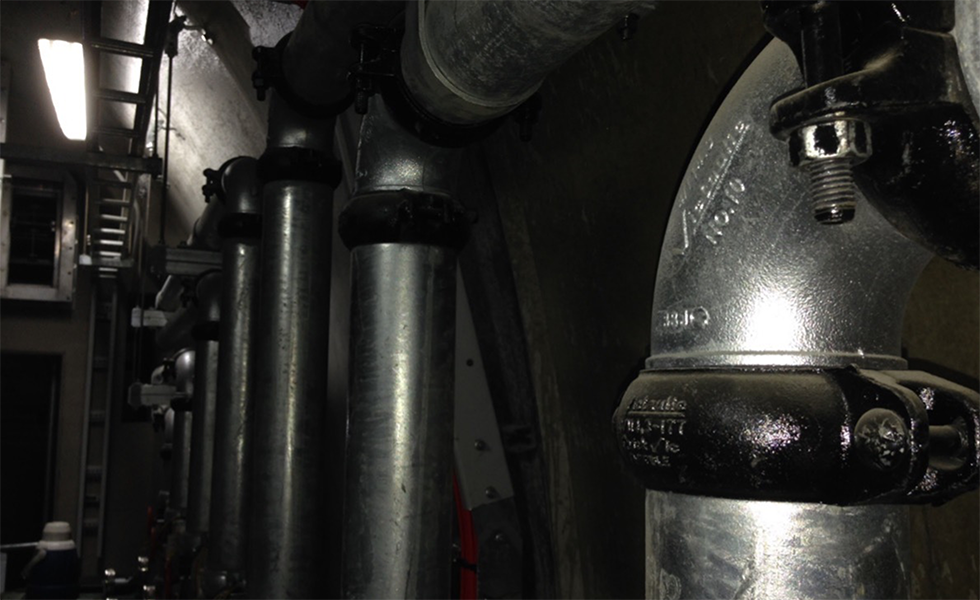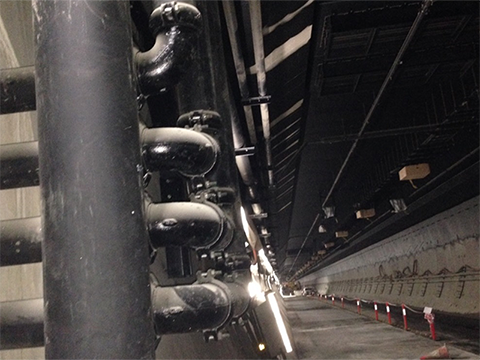Legacy Way Project

- Virtual Design & Construction
- Carbon Steel - Galvanized
- Compressed Construction Schedule
- Improved Safety
- Simplified System Maintenance
With reduced construction schedules and growing delays, a fast and reliable pipe joining method was needed on the Legacy Way Tunnel infrastructure project. The MECA (Mechanical Electrical Construction Alliance) team chose to use the Victaulic Installation-Ready™ Style 009N rigid and QuickVic® Style 177N flexible couplings to install the fire protection piping systems.
Rated for pressures up to 1000 psi/6900 kPa, the QuickVic Style 177N flexible coupling accommodated the joint deflection required for the curvature of the main tunnels. The Style 009N rigid coupling was well suited to the cross passages and deluge manifold arrays. The combination of both rigid and flexible Installation-Ready couplings allowed for an easy, fast and time-tested installation that met all of the unique design requirements of the system.
Unlike standard couplings, which require the removal of the gasket, bolts and nuts from the coupling housing before assembly, Victaulic Installation-Ready couplings feature no loose parts, and simply “push” onto the pipe end without the need for disassembly. Not only would the standard couplings elongate installation times and add months to a project this size, assembly would also be complicated by loose parts that could be dropped or lost, resulting in material loss and potential for accidents that could compromise safety on site.
Maximizing off site prefabrication, the MECA team pre-assembled the deluge manifolds prior to delivery to site. By utilizing Style 009N couplings to install prefabrication and install the manifolds, the team estimates they saved 6 hours of assembly time per manifold array.

